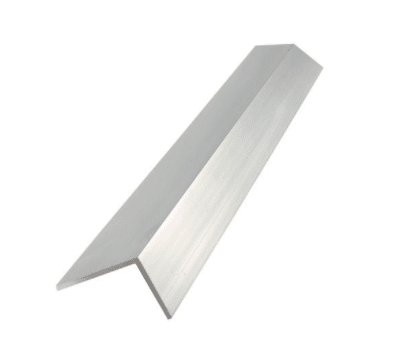What Are Aluminium Architectural Mouldings?
Aluminium architectural mouldings refer to the trim, decorative elements, and protective edges used in buildings to refine corners, junctions, or openings. These mouldings can take on a variety of forms, including window trims, door frames, cornices, skirtings, and wall caps. What sets aluminium apart from other materials is its lightweight nature, corrosion resistance, and the ability to be molded into complex shapes without losing strength.
Aluminium mouldings are often anodized, powder-coated, or painted to increase their durability and to match the surrounding aesthetics of the space they adorn. Their sleek lines and metallic sheen are widely appreciated in both interior and exterior design, making them a preferred choice for contemporary architects and designers.
Benefits of Aluminium Architectural Mouldings
Durability
Aluminium is known for its long-lasting properties. It is resistant to rust, corrosion, and degradation, making it ideal for outdoor applications and areas exposed to the elements. Unlike wood or plastic mouldings, aluminium does not warp, crack, or require extensive maintenance. Even in challenging environments, such as coastal areas where moisture and salt content are high, aluminium holds up remarkably well.
Lightweight Yet Strong
Aluminium is considerably lighter than other metals like steel, which makes it easier to work with during installation. Despite being lightweight, it maintains impressive strength, which is crucial for structural and architectural applications. This strength-to-weight ratio allows for easy transportation and handling while offering excellent stability in finished constructions.
Versatile Design Options
Aluminium can be extruded into a variety of shapes and profiles, giving architects the freedom to design mouldings that complement any aesthetic vision. Whether it's clean, modern lines or intricate detailing, aluminium mouldings can be tailored to fit the specific needs of a project. Moreover, aluminium can be treated with different finishes—such as brushed, polished, or powder-coated—allowing for a wide range of custom looks and colors.
Eco-Friendly
Aluminium is a sustainable and environmentally friendly material. It is 100% recyclable without losing its properties, which makes it a preferred material for architects and builders looking to minimize environmental impact. The energy required to recycle aluminium is a fraction of what is needed to produce new aluminium, contributing to its eco-friendly reputation.
Low Maintenance
One of the main reasons aluminium architectural mouldings are so popular is the low level of maintenance required. Once installed, these mouldings need little upkeep to remain in excellent condition. Regular cleaning and occasional checks for surface damage are generally enough to ensure they stay looking their best for years to come.
Applications of Aluminium Architectural Mouldings
Residential Buildings
In homes, aluminium architectural mouldings are commonly used to frame windows, doors, and corners. Their sleek appearance enhances modern home designs, aluminium door hinges providing a minimalist and clean aesthetic. They also offer protection to edges and surfaces, helping to reduce wear and tear over time.
Commercial Spaces
For office buildings, retail stores, and other commercial properties, aluminium mouldings are perfect for creating professional and high-end finishes. They can be used for partitioning spaces, as window trims, or as decorative accents, contributing to a modern and polished atmosphere.
Public Infrastructures
Aluminium architectural mouldings are also widely used in public infrastructure projects such as airports, train stations, and museums. They offer a combination of functionality and style, ensuring that spaces are both durable and visually appealing. Moreover, their corrosion resistance ensures that they perform well under heavy foot traffic and environmental stressors.






Comments